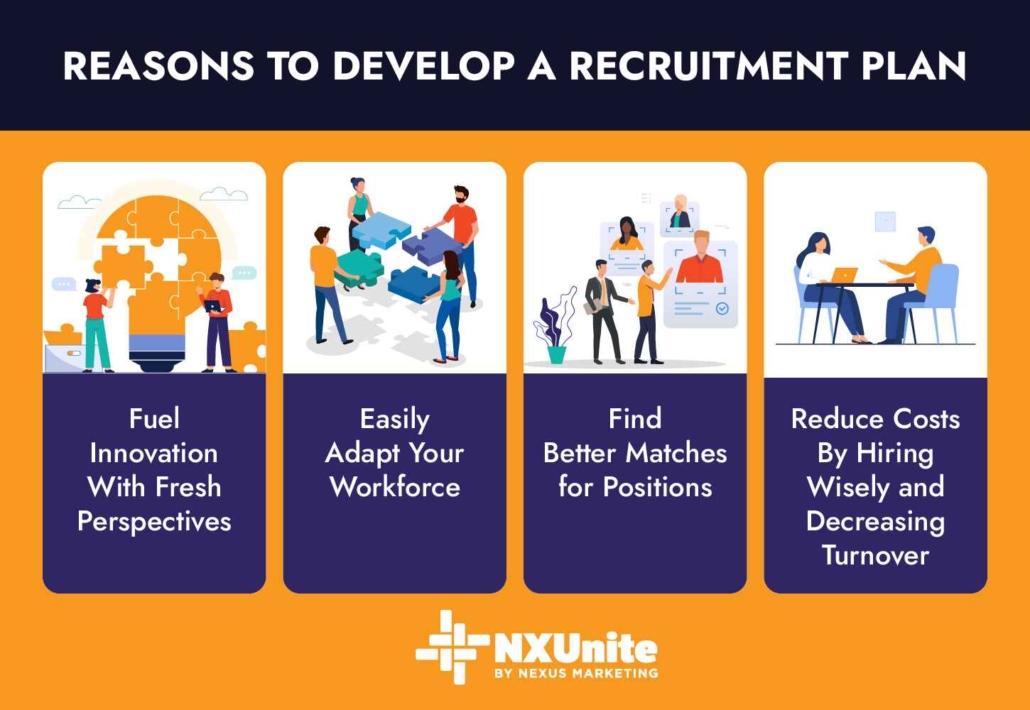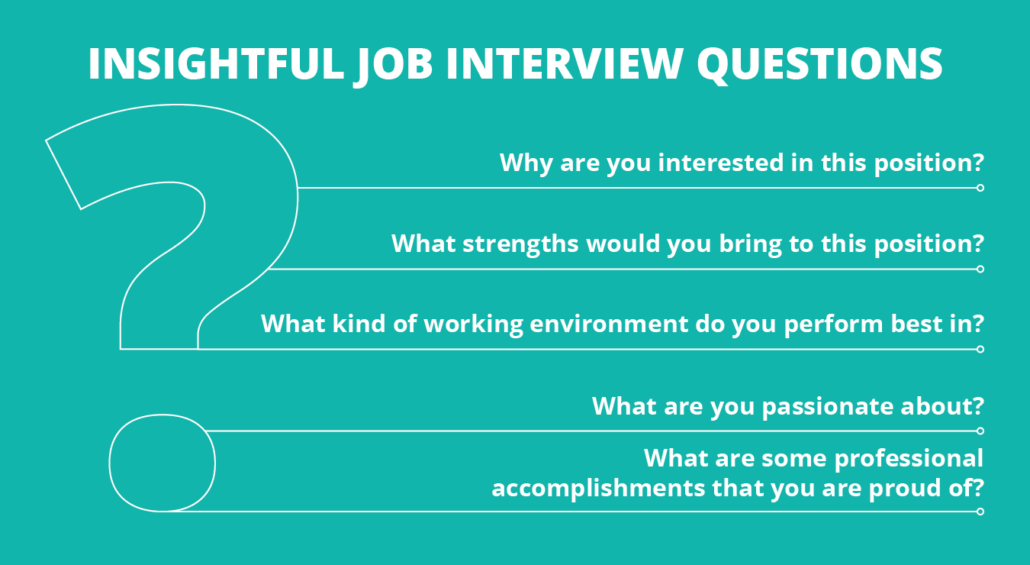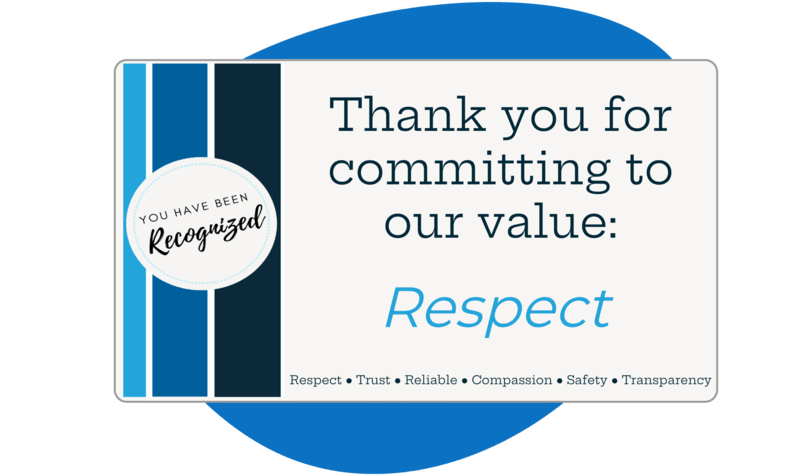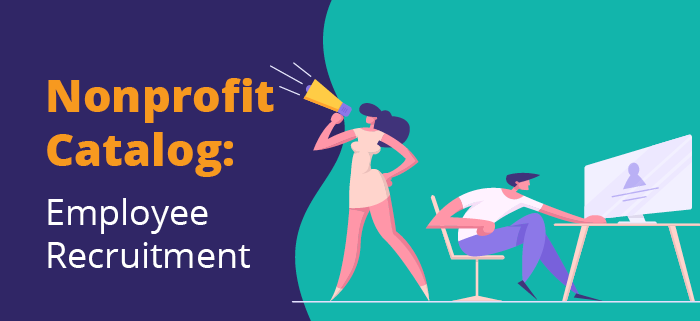Defining Employee Recruitment — Nonprofit Catalog
Picture this: You’re running your most successful phone-a-thon fundraiser in years. Your marketing strategy really hit home, and your phones are ringing off the hook. There’s one problem, though. You simply don’t have enough employees to manage the incoming calls.
You have tons of donors ready to give, but you lack the operational capacity to manage their generosity. What’s the end result? Missed opportunities and a decline in donor retention. Maybe this example is a little extreme, but the principle is true. Nonprofits that avoid recruiting high-value employees tend to run some serious risks.
Great employees not only help you crush your to-dos, but they also bring a fresh level of passion and commitment to your organization. In fact, 88% of millennials consider their job more fulfilling when they have opportunities to have a positive impact on society.
Kickstarting the employee recruitment process can seem daunting at first, but it helps if you break the process down into manageable steps.
What is employee recruitment?
Employee recruitment is the process of connecting with potential new employees to assess whether they’d be a good fit for an organization’s open positions. This process can take a while to perfect and will look different as your organization evolves.
Ideally, recruiting employees is a win-win for your organization. Nonprofits fill positions with capable employees and individuals find a place to work that aligns with their values and schedule. Finding these employees can be trial and error, that’s why it’s important to implement a detailed employee recruitment and review process.
Why do organizations need recruitment strategies?
Filling positions can be time-consuming and challenging. By setting hiring and recruitment strategies, you can acquire the right talent, drive growth, and adapt to changing circumstances without spending as much time as you would otherwise.
Let’s break down some of the most important reasons to develop a recruitment plan:

- Innovation and Growth: Fresh perspectives and diverse skill sets brought in through thoughtful recruitment can lead to new ideas and increased productivity.
- Adaptation to Change: As your organization’s needs evolve, you may need to adapt your workforce to address those changes. Recruitment strategies enable you to respond to changing market conditions, technological advancements, and industry trends.
- Better Matches for Positions: You want to hire the right people for the job, and creating recruitment strategies will help you find individuals who possess the right skills and are a good culture fit. In turn, that can also improve employee satisfaction and performance once they get up and running.
- Reduced Costs: Carefully planned recruitment strategies can help control recruitment costs by optimizing the selection process and reducing turnover rates.
A solid employee recruitment and hiring plan can support your organization in a variety of ways, from staying on top of industry changes to generally finding good fits for your team. In turn, you’ll be able to fill immediate staffing needs and impact the long-term success of your organization.
What are the steps of the employee recruitment process?
An employee recruitment process can be tailored to each position and changed over time. However, it’s helpful to have a general guideline to refer back to. Let’s take a look at some defined steps:
- Set a goal. Assess which areas of your organization could use some extra management or expertise. This might be a goal for how many employees you’d like to bring on board or what roles you’re looking to fill at your organization.
- Write a comprehensive job description. Include your job requirements, preferred experience, and what a day in the life of this position would look like. Feel free to also detail what qualifications an ideal candidate would have to offer.
- Update your benefits. Take a total rewards approach to compensation, especially if you’re recruiting for nonprofit positions. This approach views employee compensation holistically, taking into account not only salary but also indirect benefits like paid time off and retirement benefits. This, in turn, leads to higher performance levels and productivity.
- Promote your open positions widely. When recruiting employees, LinkedIn is a go-to. Other online job boards and in-person recruitment fairs are great places to promote your new positions as well. To prepare for in-person networking events and fairs, carry printed promotional materials to explain your organization.
- Conduct targeted recruitment. Reach out directly to prospective employees with the right qualifications. If you’ve done some digging on LinkedIn, message a qualified potential candidate directly. Let them know why you think they’d be a good fit and offer your contact information to facilitate future communication.
Throughout this process, keep your options open by casting a wide net. You may have your heart set on a couple of candidates, but keep in mind that plans change for a variety of reasons. Your main goal should be to recruit as many qualified candidates as possible. The next section will show you how to conduct interviews that effectively filter through these candidates.
8 tips for a successful interview process
After you’ve set up interviews with potential recruits, you must ensure that your interview process is well-thought-through to find the right candidate for the job. Make sure that each candidate understands and aligns with your organization’s values, whether they involve giving back to the community, strengthening your diversity and inclusion initiatives, or being responsive to customers.
Follow these tips to hold productive interviews:
- Thank candidates for their time. Usually, high-value candidates are not on the job market for long. Thank them for devoting their time to the interview.
- Make candidates feel comfortable. Provide a brief overview of the topics you’ll cover in the interview ahead of time. This helps candidates settle in and mentally prepare.
- Ask insightful questions. Open-ended questions can give a full picture of the candidate’s professional background and personality. Consider questions like:
- Why are you interested in this position?
- What strengths would you bring to this position?
- What kind of working environment do you perform best in?
- What are you passionate about?
- What are some professional accomplishments that you are proud of?

- Give your candidates enough time to answer your questions. Pace your questions so that a candidate can answer them fully. Otherwise, your interview can feel more like a rapid-fire interrogation. If a candidate is confused by a question, rephrase it in a way they can understand.
- Leave time for your candidates to ask you questions. Candidates are interviewing you too. If a candidate has done their research about your organization, they most likely will have some questions. Leave enough time to answer their inquiries and provide your contact information if more questions come up.
- Provide an expected timeline. End your interview by providing an expectation for when you are going to reach back out to the candidate. The usual response period is between one to two weeks.
- Check references. Ask your candidates to provide a reference sheet with two to three references and their contact information. Check these references and their credentials before hiring any new candidates.
- Follow up when candidates don’t get the job. It’s helpful to provide closure for applicants and explain why you’re going in a different direction. This ensures you don’t burn any bridges.
In-depth interview processes proactively assess a candidate’s qualifications. Once you have decided on your candidates, be sure to extend them a warm welcome to your team. Keep in mind that regular employee performance reviews are also necessary to keep your team in tip-top shape. Once hired, employees expect consistent and honest feedback for their work.
How do we keep recruited team members engaged?
Recruitment takes a lot of energy and funds, so you want to ensure that the candidates you pick stay for the long term. Here are some tactics you can use to boost your recruitment’s ROI and keep team members engaged:
Open communication between management and directs
Make your organization feel like a close-knit team by encouraging open communication in the workplace. Schedule consistent one-on-one meetings between new employees and managers to help them surmount challenges, boost confidence, and progress in their roles. Doing so allows them to have more frequent conversations about their work approach and feel supported at your company.
At the same time, encourage managers to share regular feedback with their directs, recognizing outstanding performance and sharing areas where they can improve moving forward. This approach removes any uncertainty or guesswork among employees regarding their performance.
Offer upward mobility
A stagnant work structure may lead to employee burnout and disengagement from your organization. Studies show that employees experiencing burnout are 3.4 times more likely to leave the company and nearly 2 times more likely to feel disconnected from company culture. Fortunately, you can minimize the risk of burnout and disengagement by giving employees the opportunity to grow and take on more significant responsibilities over time.
One easy way to accomplish this is to offer professional development opportunities. These may range from a mentorship program to online courses. As a result, you’ll not only keep employees invested in their roles, but you’ll also help them improve their performance in those roles.
Embrace employee recognition
Employee recognition is a vital component of a thriving workplace, enhancing overall job satisfaction and fostering a sense of belonging. While feedback from upper management is important, it’s equally crucial to empower employees to recognize each other’s contributions, too. Consider the following strategies:
- Peer-to-Peer Recognition Systems: Implement systems where employees can nominate their peers for awards like Team Member of the Month or use public shout-out boards to highlight outstanding work.
- Milestone Celebrations: Plan events for birthdays, work anniversaries, Employee Appreciation Day, and other significant milestones to build a sense of community within teams.
- Digital Gratitude Cards: Encourage managers to recognize employees’ hard work immediately and personally with digital greeting cards. To power this strategy, invest in employee recognition eCard software. Here’s an example of a custom recognition eCard that highlights an organizational value:

Whichever recognition approach you take, strive to make employees feel valued not only by their colleagues but also by the organization as a whole. Acknowledging employees’ efforts and achievements on multiple levels leads to higher engagement, stronger teamwork, and improved morale.
Involve employees in decision-making
Employees want to know that management values their ideas. With this in mind, open the floor for them to provide suggestions about your organization’s culture or strategies by sending out regular surveys soliciting their feedback.
Consider asking questions in these key areas:
- Role satisfaction
- Company values
- Workplace culture
- Team communication
- Work-life balance
Even if you don’t accept all suggestions, it’s important to acknowledge and express gratitude to employees for taking the time to provide their input.
Respect work-life balance
While your employees work for you to make a living, work should not be their entire lives. Respect work-life boundaries by clearly delineating your expectations for work hours and limiting work-related communication on the weekends.
Furthermore, encourage employees to take breaks and consider offering flexible work hours so they can adjust their schedules to maximize productivity. Promote their overall well-being by initiating wellness activities and providing mental health support resources to employees.
Empower employees to be independent
You chose your job candidates because you see potential in them to make an impact on your organization. Enable them to explore projects they’re interested in, take ownership of their assignments, and make independent decisions. They’ll feel much more confident and fulfilled in their roles, and you may even cultivate future leaders within your company.
Create a workplace giving program
Three out of four U.S. employees want to work for a company that makes a positive impact on the world. By launching a workplace giving program, you’ll be able to retain the employees you recruit and attract even more top talent to your company.
There are many types of workplace giving you can pursue, such as matching gifts and volunteer grants. Through these programs, your company will contribute a certain amount of funds to nonprofits that employees donate their money or time to.
To facilitate these philanthropic initiatives, consider investing in workplace giving software. These technology solutions make it easy to organize your program, engage employees, and report on impact.
As your employee base changes over time, so should your engagement strategies. Gauge the effectiveness of your strategies as time passes by sending surveys, researching new trends, and staying open to suggestions from your employees.
Additional Resources
- Nonprofit Catalog – Read up on more nonprofit essentials by exploring our Nonprofit Catalog.
- Employee Retention: A Handy Playbook for Savvy Organizations – Check out these strategies to maximize your employee retention rate.
- Corporate Giving Statistics for Nonprofits & Companies – Learn more about how corporate giving impacts nonprofits and businesses through illuminating statistics.


